Garland decor has been a timeless element in celebrations and home adornments, weaving together the beauty of nature and the artistry of design. As you embark on the journey to become knowledgeable in the world of garland decoration, you’ll discover the importance of selecting the right materials that resonate with the character of your space, whether it be the ethereal beauty of fresh foliage and blooming flowers, the elegance of flowing fabrics, or the enchanting glow of lights. These elements are not just mere decorations; they’re a tapestry that illustrates your personal style and enhances the ambiance of any setting. With an understanding of the various materials and their best uses, you open up a world of possibilities for both indoor and outdoor transformations.
Selecting Materials
Materials for Fresh Foliage Garlands
For a natural and organic look, fresh foliage is an excellent material to use for garland decor. Fresh greenery such as eucalyptus, fir, ivy, and ferns are popular choices. When using fresh foliage, it is important to consider its longevity, especially if the garland is for an event. Fresh foliage is best suited for indoor use as it can wilt in direct sunlight or extreme outdoor conditions. To prolong the life of a fresh foliage garland, keep it hydrated by misting it or using floral water tubes for individual stems.
Floral Garland Considerations
Incorporating fresh flowers into your garland can add vibrant colors and a touch of elegance. When selecting flowers, consider those that can last well without water, such as orchids, chrysanthemums, or roses. It is wise to create floral garlands close to the time of display to maintain freshness. Like foliage, fresh flowers are generally more suitable for indoor decoration. For outdoor settings, consider the temperature and weather forecast, as heat can cause flowers to wilt quickly.
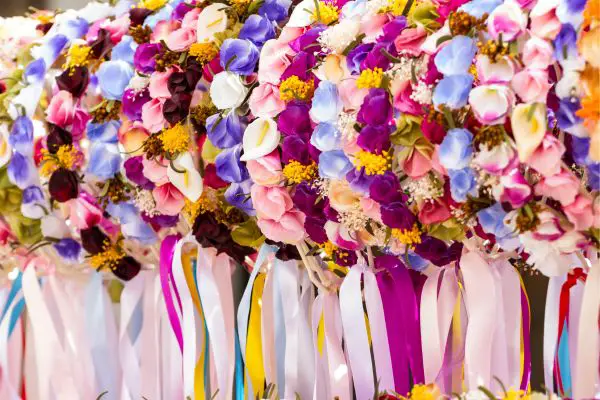
Utilizing Fabric in Garland Decor
Fabric garlands offer great versatility and durability, making them suitable for both indoor and outdoor use. Materials such as burlap, lace, and satin can be cut into strips or shapes and tied or sewn together to create charming garlands. Fabric garlands can withstand various weather conditions and are reusable. They are an excellent choice for themed events or holiday decorations and can be customized in a range of colors and textures to match your decor.
Incorporating Lights into Garlands
Adding lights to a garland can create a warm and inviting ambiance. There are many types of lights to choose from, such as fairy lights, LED string lights, or even battery-operated candles. When using lights in your garland, ensure they are suitable for the environment: waterproof outdoor-rated lights for outdoor use and indoor lights for interior settings. Be sure to check the safety instructions and always keep an eye on battery-operated lights to prevent any fire hazards.
Understanding Garlands for Indoor vs. Outdoor Decor
When creating a garland, it’s essential to understand whether it will be placed indoors or outdoors as this will influence the choice of materials. Indoor garlands are protected from weather elements, so you have more flexibility regarding material choice. Outdoor garlands require materials that can withstand weather changes, such as temperature fluctuations, rain, sunlight, and wind. For outdoor use, consider faux greenery and flowers, weather-resistant fabrics, and outdoor-rated lights to ensure your garland remains beautiful and intact throughout your event or season.
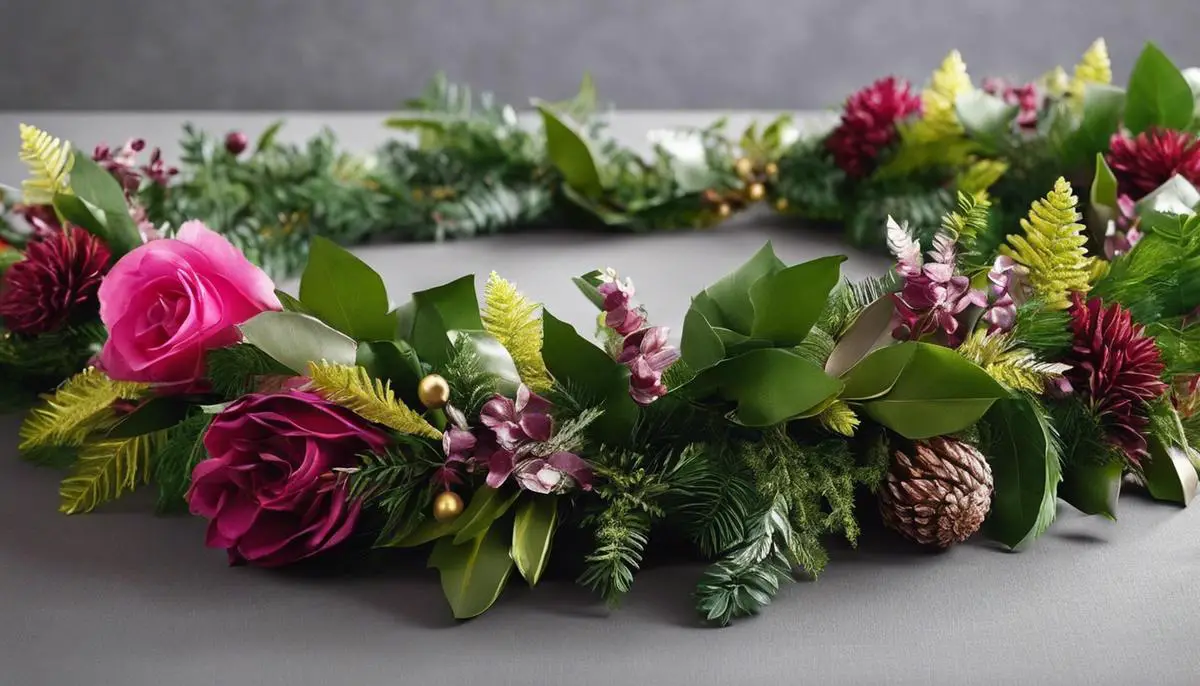
Creation Techniques
Selecting Materials for Garland Decor
To begin your garland project, choose foliage or materials that complement your decor theme. You can use fresh greenery, such as pine, eucalyptus, or ivy, or opt for artificial materials for a lasting decoration. Collect supplementary items like flowers, ribbons, or ornaments to add to the garland. Make sure all materials are flexible enough to shape and secure as needed.
Assembling the Garland Base
Create the foundation of your garland by measuring the length of the area you want to decorate. Cut a piece of sturdy wire or use a pre-made garland as your base. If you’re using fresh greenery, gather small bunches, and secure them to the base using floral wire or cable ties, laying each bunch in the same direction and overlapping them to hide any wires and create fullness.
Tying and Wiring Elements Together
Enhance your garland by incorporating flowers, ribbons, or additional greenery. Attach these elements with floral wire by wrapping the wire tightly around the base of the garland. For ribbons, create bows or loops and secure them at intervals along the garland. If you’re adding lights, wrap the string gently around the garland, securing it at points with wire or ties.

Draping Your Garland
Drape your garland artfully over mantels, banisters, or doorways. Adjust the garland to create natural, flowing curves. Use temporary hooks or nails to hold the garland in place at various points. Ensure that the garland does not obstruct walkways or exits and does not pose a fire hazard when placed near heat sources.
Securing the Garland Safely
To prevent the garland from sagging or falling, secure it firmly using clear fishing line, additional floral wire, or zip ties at key support points. If attaching to delicate surfaces, consider using adhesive hooks that can be removed without causing damage. When hanging outdoors, tie the garland to stable fixtures able to withstand weather conditions.
Final Touches and Maintenance
After installing the garland, step back and inspect it from various angles, adjusting as necessary for the best visual impact. If using fresh greenery, spritz it with water every few days to keep it looking vibrant, or if artificial, clean off any dust to maintain a fresh appearance. Always check any added lights regularly to ensure they are functioning safely.
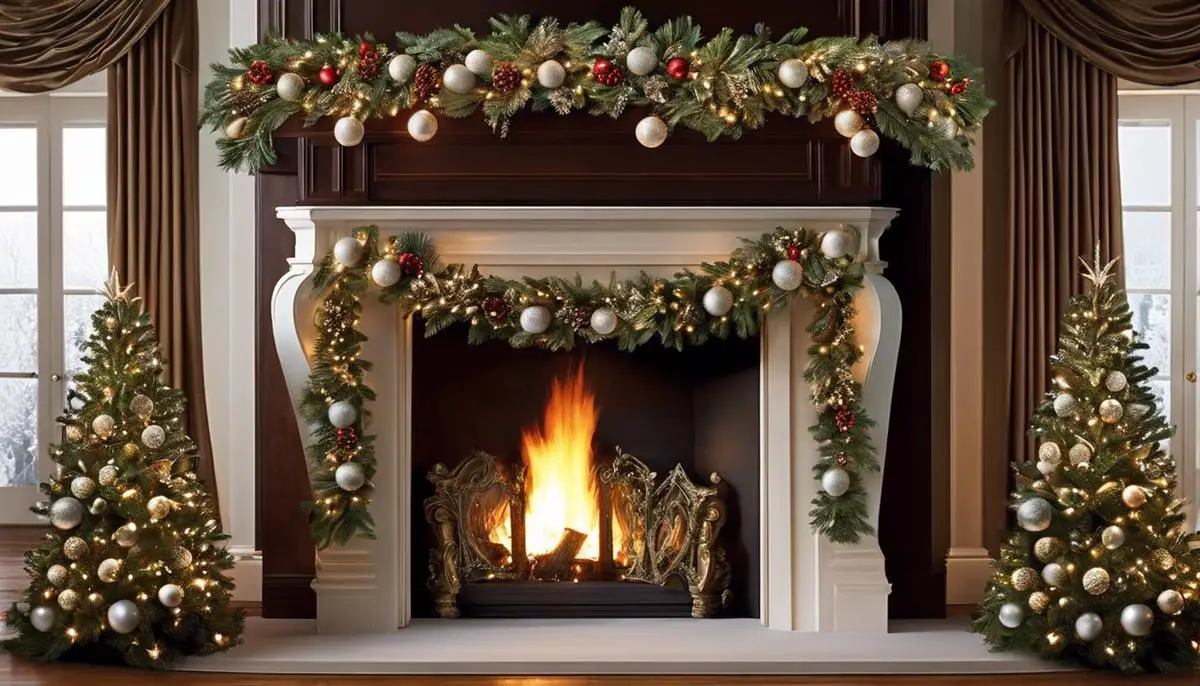
Design Principles
Understanding Balance in Garland Design
Balance is the key to creating a garland that harmonizes with its surroundings. Visual balance can be achieved symmetrically or asymmetrically. Symmetrical balance involves replicating the same pattern or decoration on either side of the garland’s central point, which can create a formal and organized look. Asymmetrical balance, on the other hand, uses different objects of similar visual weight to create a balanced yet more dynamic effect. To achieve either balance type, begin by laying out your garland materials before attachment. Step back frequently to assess the balance as you add elements. It’s important that the garland doesn’t feel too heavy on one side unless intentionally designed for an asymmetrical appearance.
Color Coordination for Cohesive Appeal
Color coordination is essential for creating an aesthetically pleasing garland. Prior to assembling, choose a color palette that complements the space where the garland will be displayed. You can opt for a monochromatic scheme using different shades of the same color for a subtle and elegant look. Alternatively, analogous color schemes, which use colors that are next to each other on the color wheel, can make the garland feel harmonious and soothing. In contrast, a complementary color scheme, which pairs colors opposite each other on the color wheel, adds a vibrant and energetic pop to your decor. Keep in mind the psychology of colors; for instance, blues are calming, while reds can be energizing.
Theme Congruence for a Unified Aesthetic
The theme of your garland should align with the event or the room’s decor. Whether it’s seasonal, celebratory, or simply decorative, align the garland’s materials with the broader theme. For a Christmas theme, incorporating evergreen foliage, red berries, and gold ribbons is fitting. For a beach-themed event, seashells, driftwood, and light blues can evoke the seaside vibe effectively. Be consistent in the use of decorations that support your chosen theme to maintain congruence throughout the design. If the garland is part of a larger decor scheme, ensure that it acts as a complementary accent rather than a dissonant note.
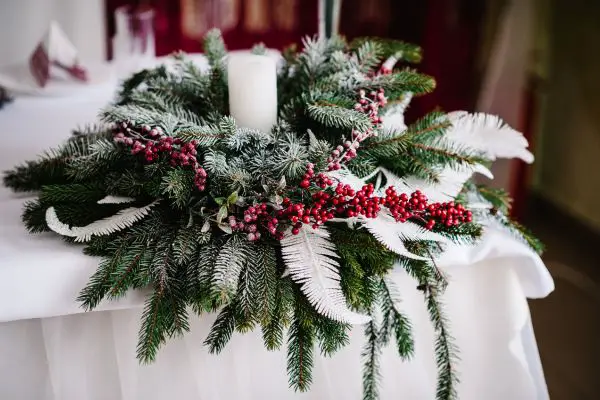
Incorporating Texture and Materials for Visual Interest
A garland isn’t just about color and balance; texture also plays a significant role in its aesthetic appeal. Utilize a variety of materials such as fabrics, ribbons, natural elements, and ornaments to create depth and tactile interest. Layer different textures by intertwining smooth and rough elements alongside shiny and matt finishes. For instance, glossy holly leaves against the roughness of pinecones can create a visually stimulating contrast. Remember that the textures should also fit the theme and color scheme, enhancing the overall effect rather than distracting from it.
By keeping these principles of balance, color coordination, and theme congruence in mind, you’ll be well on your way to designing garland decor that is both beautiful and harmonious. Remember to step back and review your work frequently, making adjustments as necessary to ensure you achieve the desired outcome.
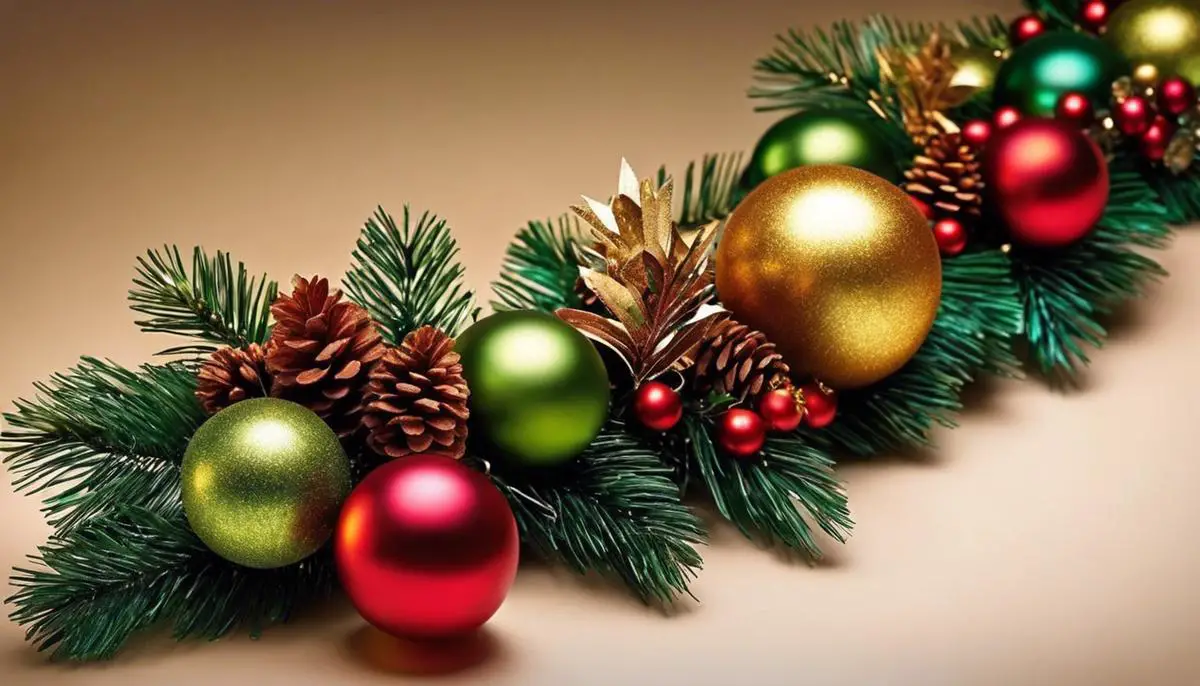
Maintenance and Storage
Maintaining Your Garland Decor
To ensure your garland decor remains vibrant and appealing, it’s important to maintain it properly. Start by regularly dusting your garland with a soft, dry cloth or a feather duster, gently running it along the length to dislodge dust particles. If your garland is made from artificial materials and becomes dirty, you can use a damp cloth to wipe it down, but make sure to completely dry it afterward to prevent mold or mildew growth.
For live garland decor, it’s vital to keep it hydrated. Depending on the type of greenery, misting it with water every day can help retain its freshness. Additionally, if your garland is made of particularly delicate live plants, keep it away from direct sunlight and heat sources to avoid premature drying out.
Spritzing your live or artificial garland with an anti-static spray can also help repel dust and keep the decor looking new. If you notice any damaged parts or sections that have lost their luster, carefully remove or replace these areas to keep the overall appearance tidy and appealing.
Storing Your Garland Decor
When it’s time to store your garland decor, doing so correctly will help ensure its longevity. Begin by gently removing any decorations or lights from the garland, taking care not to pull or distort the shape. If the garland is artificial, you can lightly clean it before storage to make sure it’s free from dirt and dust.
Choose a cool, dry storage space that’s out of direct sunlight to prevent fading and degradation. Garland can be coiled loosely to avoid kinks or damage to its structure. For added protection, cover your garland with a plastic wrap or place it in a storage container specifically designed for holiday decorations. These containers are usually made to protect delicate items from being crushed or tangled.
If you are storing live garland, remember that it will not keep indefinitely due to its organic nature. It’s best to compost or dispose of live garland once it has dried out or after the holiday season.
If you have a cedar, pine, or other oil-rich garland, consider sealing it in a bag with a sachet of spices or scented wood shavings that can help it retain a pleasant aroma until the next season – this is optimal for artificial variants meant to simulate real greenery.
Labeling your storage containers with the content and year will also streamline the decorating process for the following season. By caring for and storing your garland decor properly, you are ensuring that it remains a beautiful part of your holiday tradition for years to come.
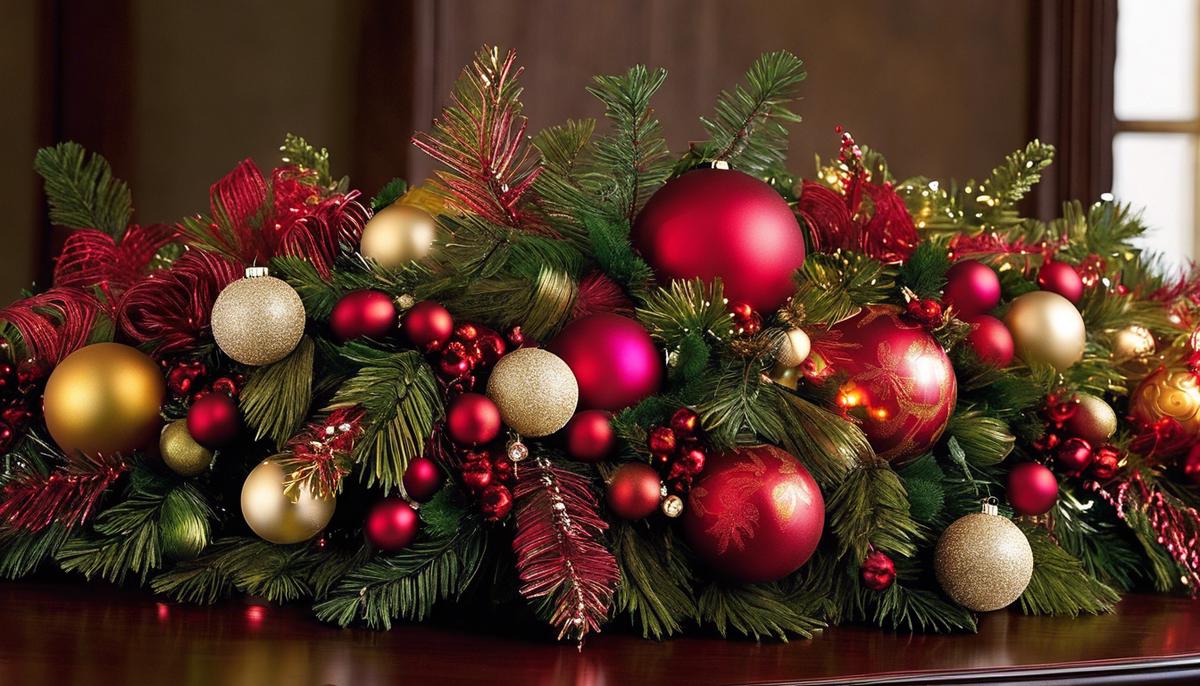
As we delve into the realm of garland decor, the endless potential for creativity becomes clear. The knowledge and skills involved in choosing materials, crafting techniques, design principles, and maintenance are invaluable for anyone looking to enhance the charm and atmosphere of their surroundings. Mastering these aspects allows you to create stunning garland arrangements that are not only aesthetically pleasing but also enduring. Whether you choose to adorn a festive gathering or bring a touch of nature’s elegance into your home, the art of garland decoration stands as a testament to the timeless beauty and the personal expression it enables. Embrace these insights, and let your creative journey flourish, making every space you decorate a reflection of your unique vision and style.

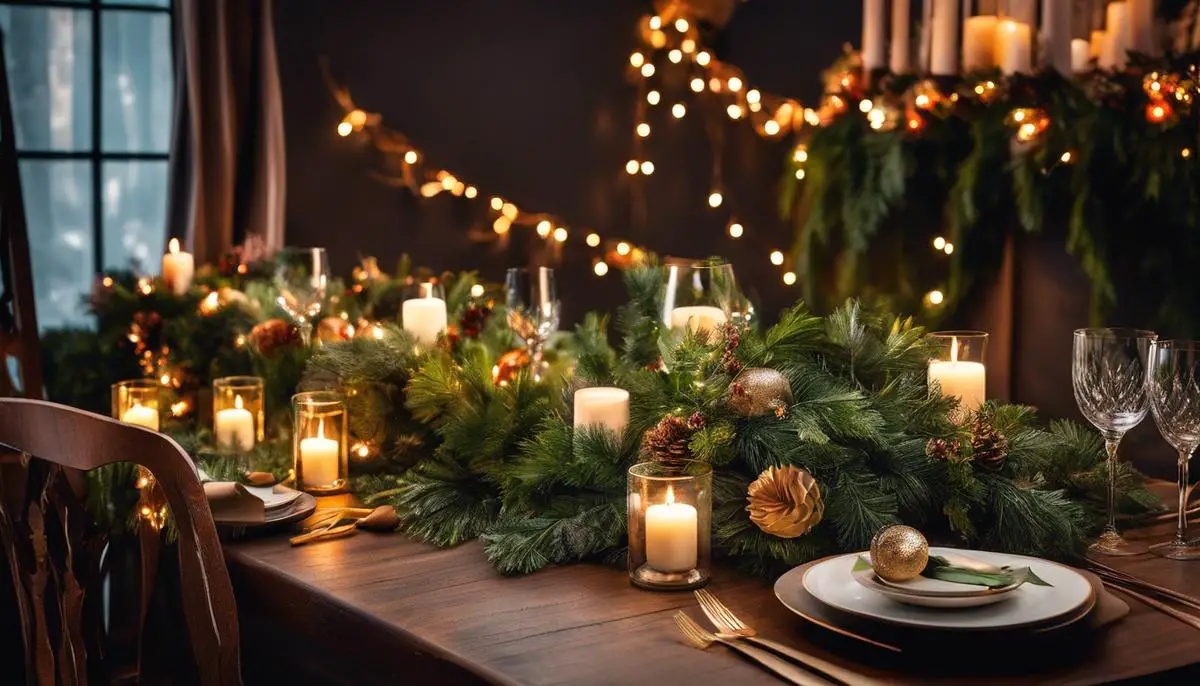

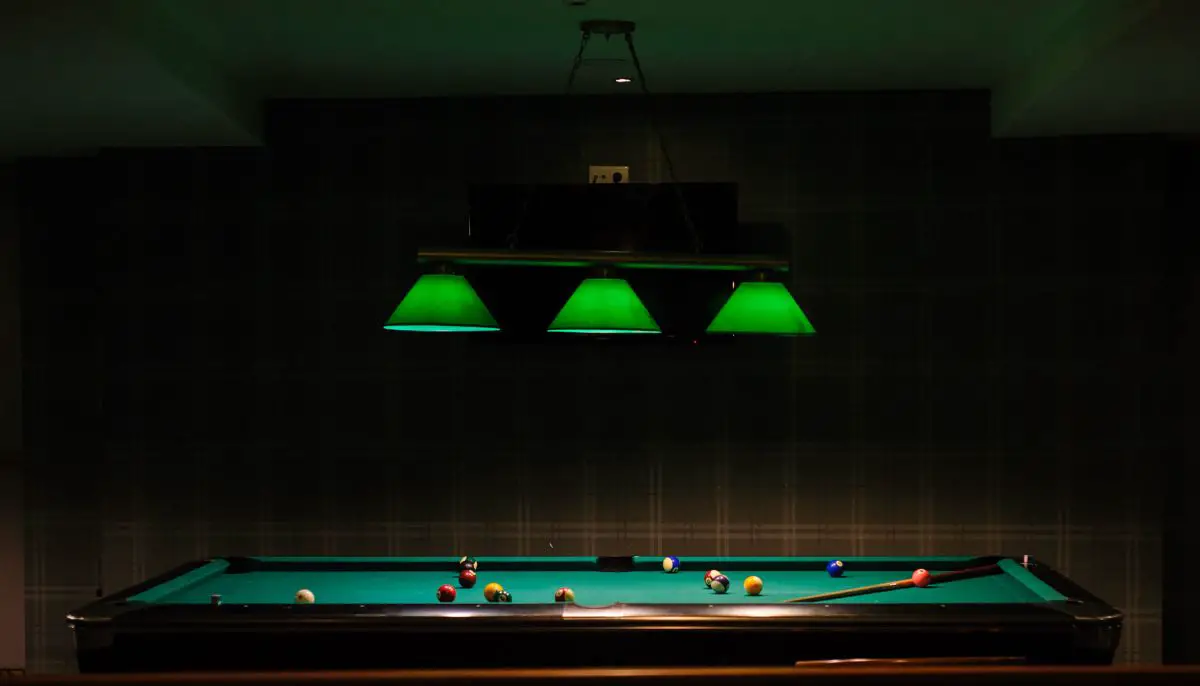
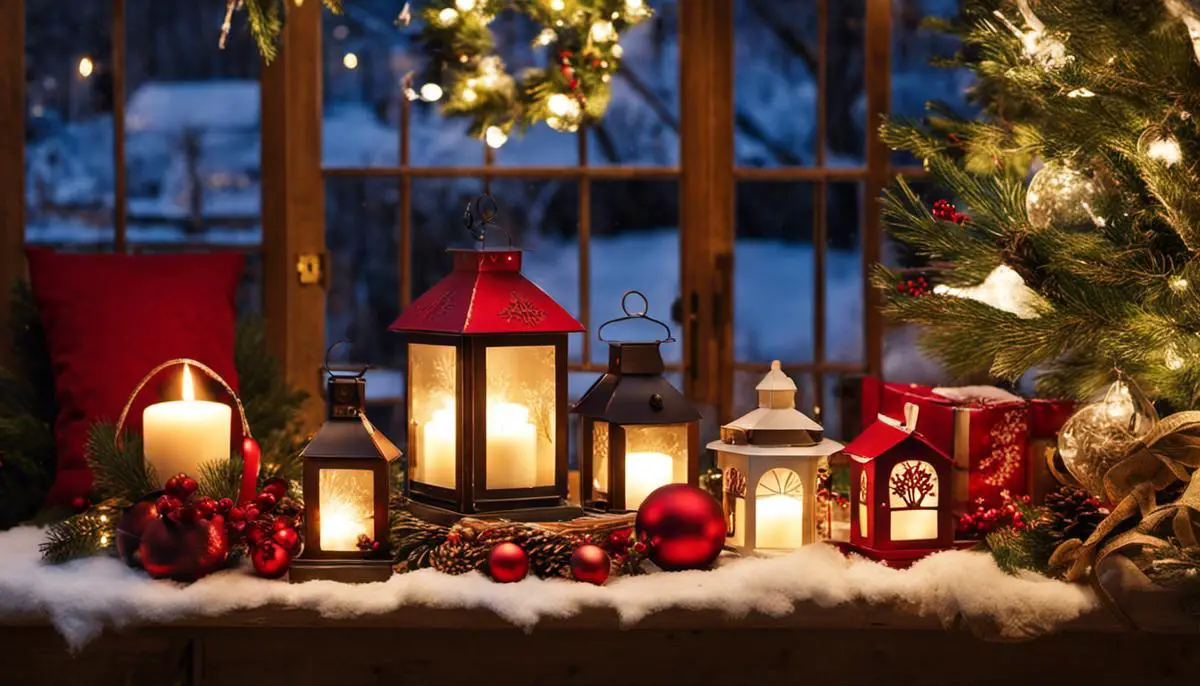

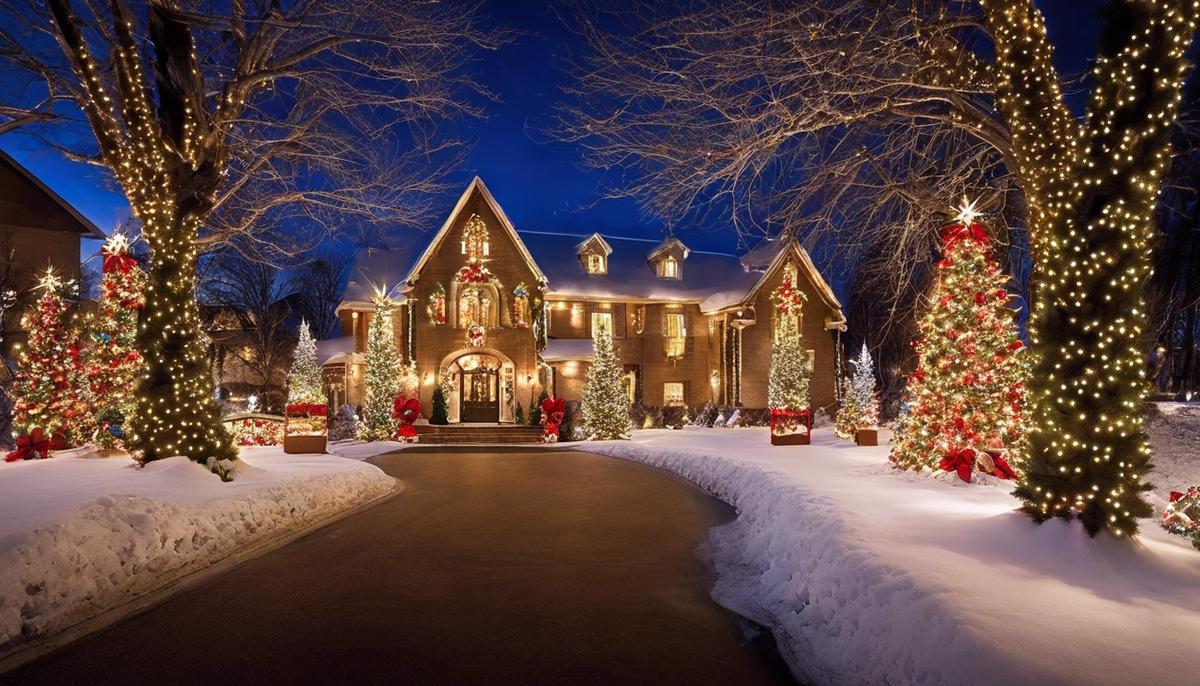
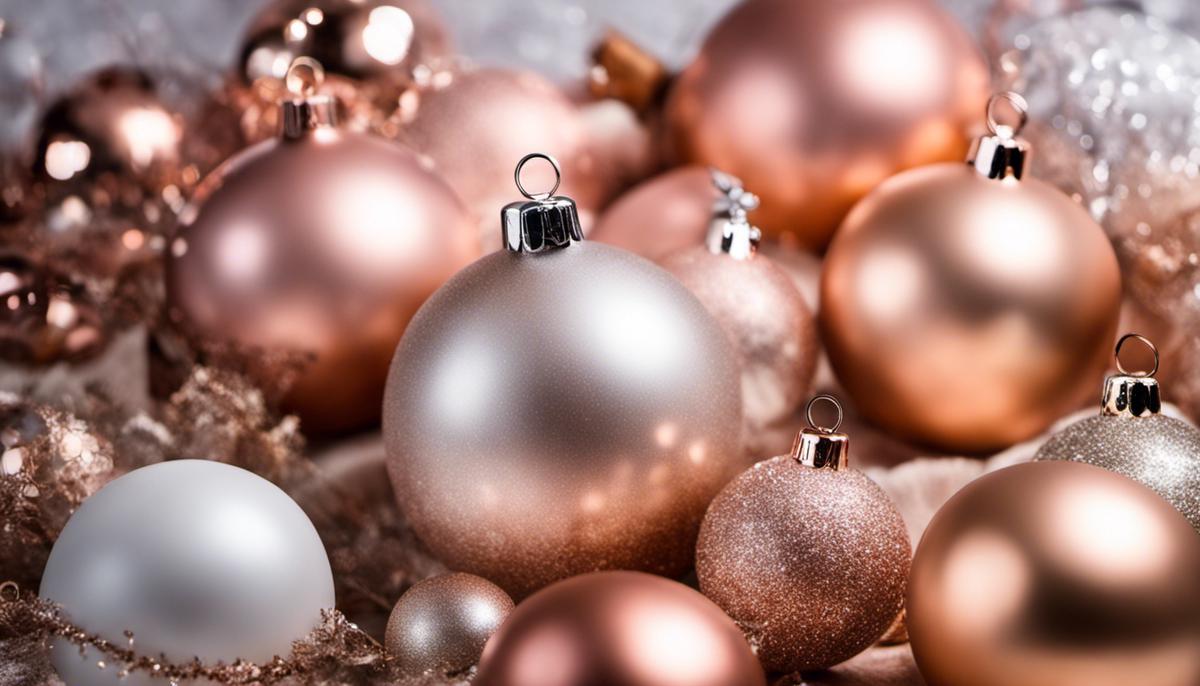

Leave a Reply